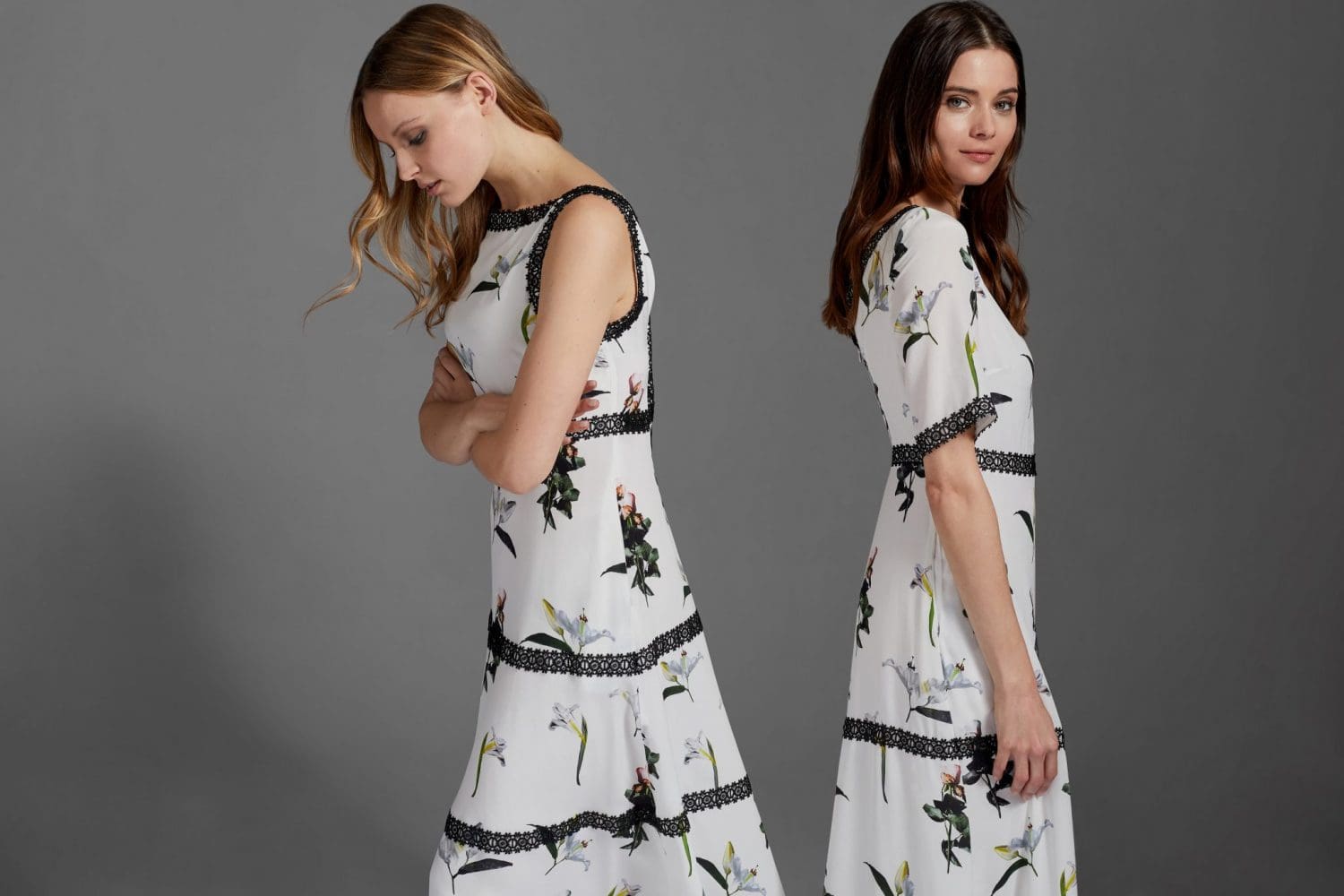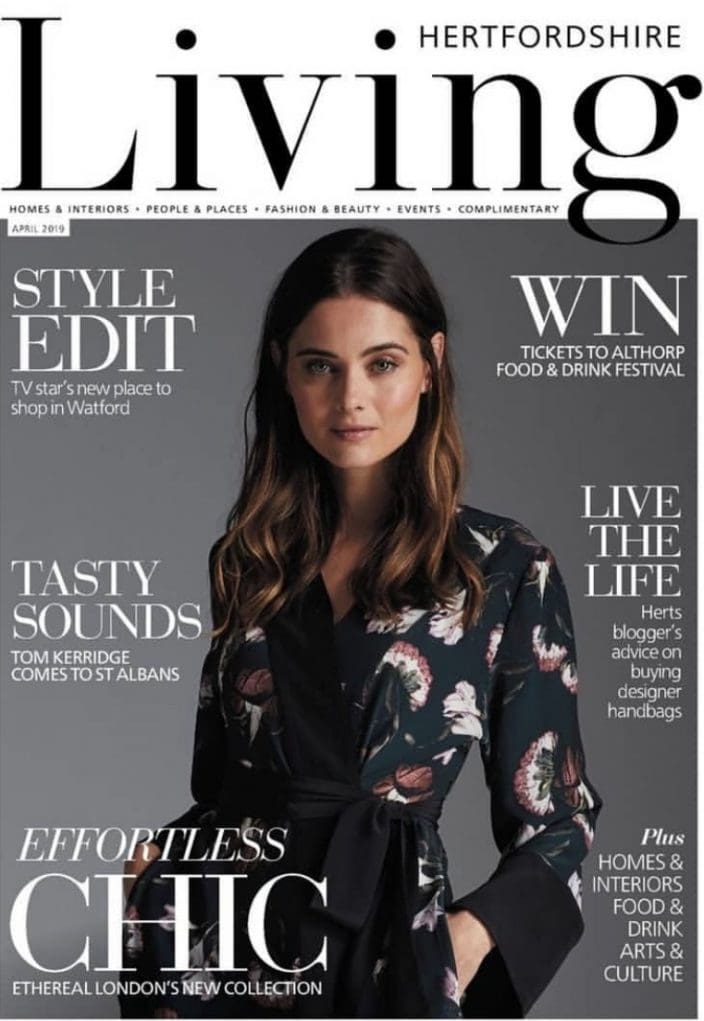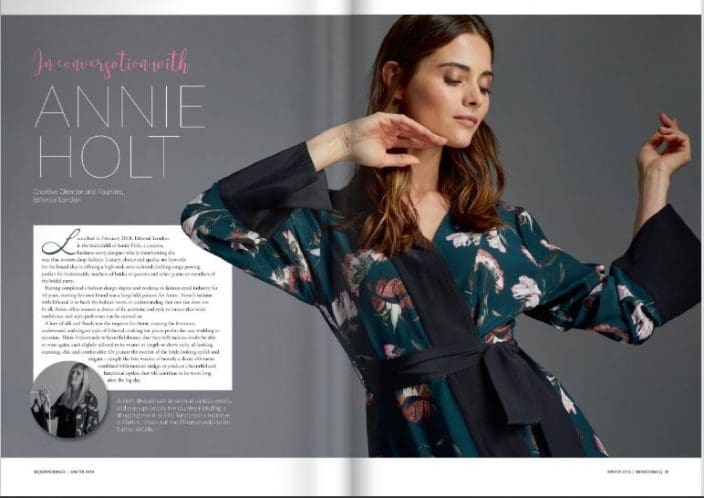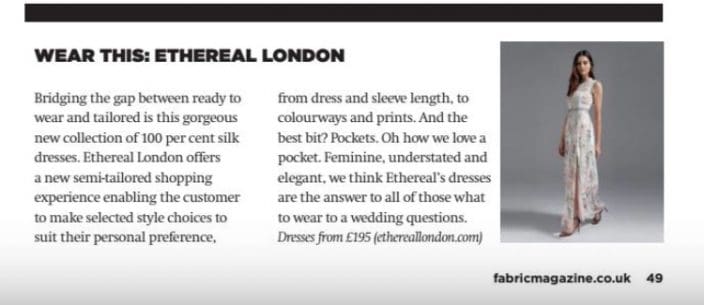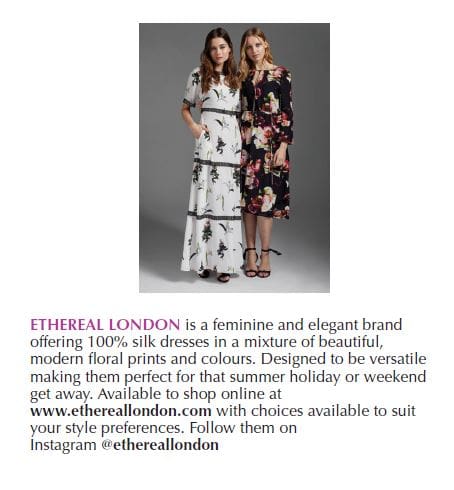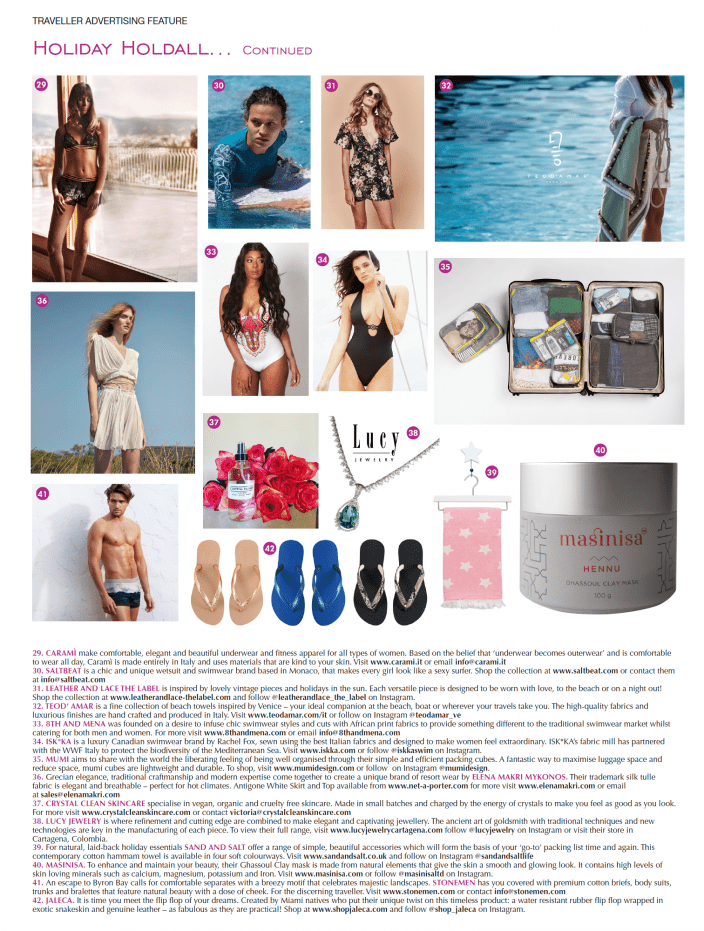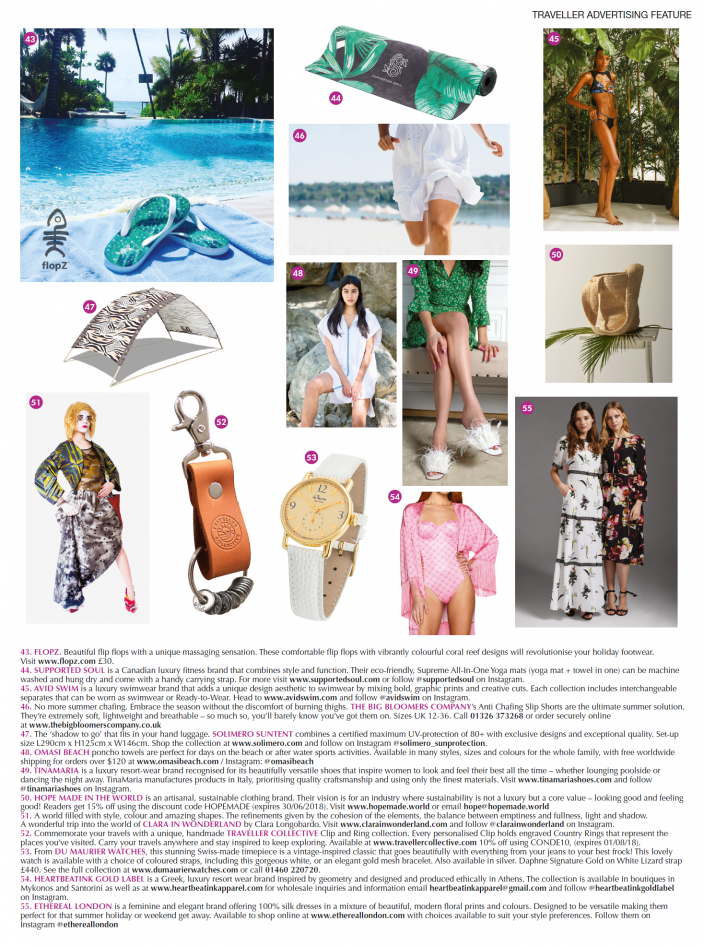Trend forecasters predict what we will be wearing, watching, eating and even where we will be going both in the short and long term future. In the fashion industry there are many subscription services offered to support design teams in their quest to deliver on trend ranges sought after by the consumer. These trend forecasters take inspiration and collect data from all over the world and can segment the upcoming trends as global movements or localised trends happening in one particular country or even specific to one particular city. Each brand will interpret trends to suit their style and brand values, as not all will be relevant, and the execution of a trend will also differ depending on the level of the market that brand is pitched and their target customer.
Designers work at least 6 months ahead of the season, sometimes even further ahead depending on the business model they are working to. They take inspiration from everywhere pulling together trends through a mood or feeling based on what is going on around them. Whether it be through travelling to a new destination and seeing a new culture, a big event, current film or exhibition right down to on the street current style trends and, in today’s world, social media influencers. Trends come and go and are also reinvented season in season out to feel new and different however there are certain things that remain consistent, like the little black dress, for example.
I personally am obsessed with flowers and floral prints and this is something that has been on trend in fashion in several guises from ditsy florals to painterly or digital florals for sometime. They rarely go ‘out of fashion’ but sometimes feature more prominently depending on the wider trends. Inspiration for floral prints comes generally from nature or artworks. I have followed the work of Rebecca Louise Law and seen many images of her hanging floral installations for some time now and have also seen this style of floral decoration popping up as wedding theme decor on Pinterest and Instagram so it felt really new and relevant as a print style.
Rebecca Louise Law recently featured at Kew Gardens with her ‘Life and Death’ exhibition and I was lucky enough to go and see her work in person and it was truly breath taking. She is passionate about the process of natural change and preservation, allowing her work to evolve as nature takes its course offering an alternative concept of beauty, so the hanging style installations are designed to start fresh and then slowly dry. Her inspiration for this style of installation actually came when she started suspending flowers to dry them for other works and she saw the strength of the change in perspective. Life and death has been created using her personal collection of preserved flowers, saved over the past decade, and hand crafted into one thousand garlands suspended in time. Her installations take anything from 1 day to 1 month to complete depending on the size of the space she is working to and she always works to fill the space. When asked what inspires her Law says ‘observing the earth and nature itself inspires me. My parents taught me to appreciate natural beauty from an early age; the way they look at the world has always been an inspiration to me.’

The Viola Hanging floral stem print alongside Rebecca Louise Law’s….. photo source unknown
 The Luciana ditsy floral print alongside Rebecca Louise Law’s ‘The flower garden’ photo source unknown
The Luciana ditsy floral print alongside Rebecca Louise Law’s ‘The flower garden’ photo source unknown
Above you can see our prints alongside images of Law’s work, when designing and selecting our prints we were influenced by her artwork with the floral stem print featured on the Viola dress emulating her hanging installations with the white ground, delicate flower design and hanging effect and the ditsy floral inspired by the mix of floral colours on the dark rich back ground making it very impactful
See our instagram story highlights for more images from Rebecca Louise Law’s ‘Life and Death’ exhibition and Shop the links for the Viola hanging stem print and Luciana ditsy print

